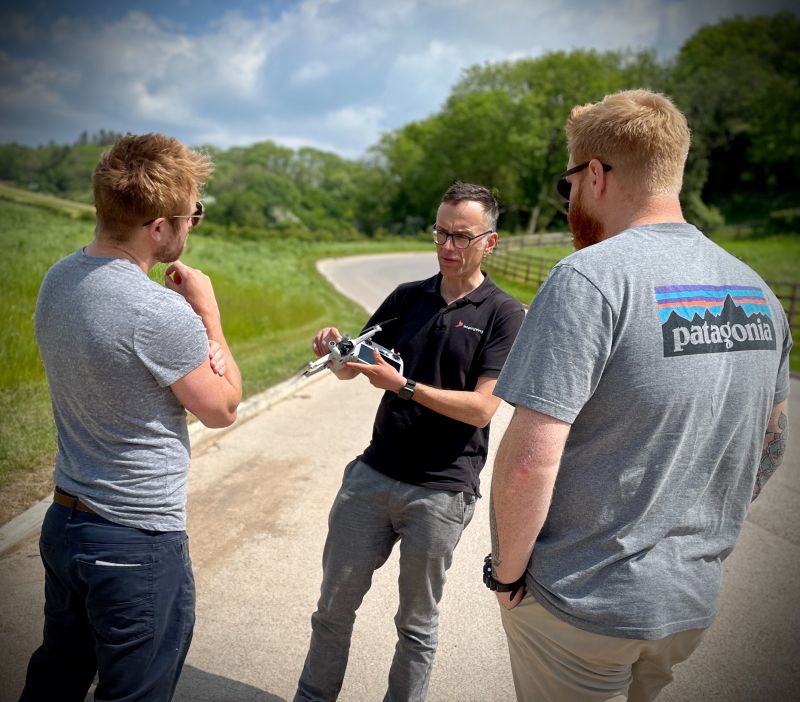GVC or A2 Certificate? Here’s how to decide….
Do you hold a legacy ‘PfCO’ qualification? If so, read on as you need to upgrade your qualification by the end of 2023. We’ll help you decide on the best option for continuing your drone business in line with the new regulations.
If you became a commercial drone operator in the UK before November 2020 then you most likely found yourself in the alphabet soup of legacy drone qualifications. You would have taken a UAQ, RPQ-S, COPC or some other jumble of random letters, and then operated under a CAA Permission for Commercial Operations (PfCO), or even its predecessor the Permission for Aerial Work (PFAW).
However, from the end of 2023 it will no longer be possible to use your legacy qualification to continue renewing your current CAA authorisation. So, what to do next?
Option 1 – GVC Conversion
The new standard for commercial drone operations is the GVC (General VLOS Certificate). This covers broadly the same subject areas as your original qualification and also affords the same privileges as you will be used to.
Even better, there is a conversion course to bring your existing qualification into compliance.
At Leaping Wing, we see the GVC Conversion as a valuable opportunity to dust off the cobwebs and bring you right up to date with everything which has changed since your original training. We believe the student-instructor relationship is a valuable one, which is why we focus our training on a classroom format (in-person or online).
Our GVC conversion gives you:
- access to our pre-course online learning portal, including extensive course content and practice exams
- printed course book
- one-day ground school (in-person or online)
Once you have completed (and passed) the theory exam, and provided you have submitted compliant flight logs, you will be able to renew your CAA authorisation using the GVC paperwork issued by our training partner, Consortiq.
Option 2 – A2 Certificate
There is another option open to you: the A2 Certificate. With this qualification, you will move into the ‘Open’ category of drone operation which brings both advantages and disadvantages:
The Good
- no annual renewal process with the CAA
- no formal requirement for an Operations Manual to be maintained
- lower initial and ongoing costs
The Bad
- limited (for the most part) to drones <2kg MTOM
- a strict 50m horizontal separation requirement for all but the smallest drones from uninvolved persons
- not recognised as sufficient by some clients (especially those not fully appraised of newer legislation)
For many, the A2 option is sufficient, especially if flying the likes of the DJI Mavic in relatively low-risk situations. If you feel the A2 is right for you then we can also provide you with A2 training (again in partnership with our friends at Consortiq).
Our A2 training again provides online and printed course materials, and then a half-day ground school either in person or in the online instructor-led classroom.
Which option is right for me?
Of course there is no right or wrong answer. My advice is that if you have any intention of scaling your drone business then you should stick with the GVC route to a CAA Operational Authorisation. Equally, if you use drones only as a small part of your business and think the terms of the A2 sub-category are likely to remain sufficient then consider the A2 certificate as a means of reducing your administrative overhead.

